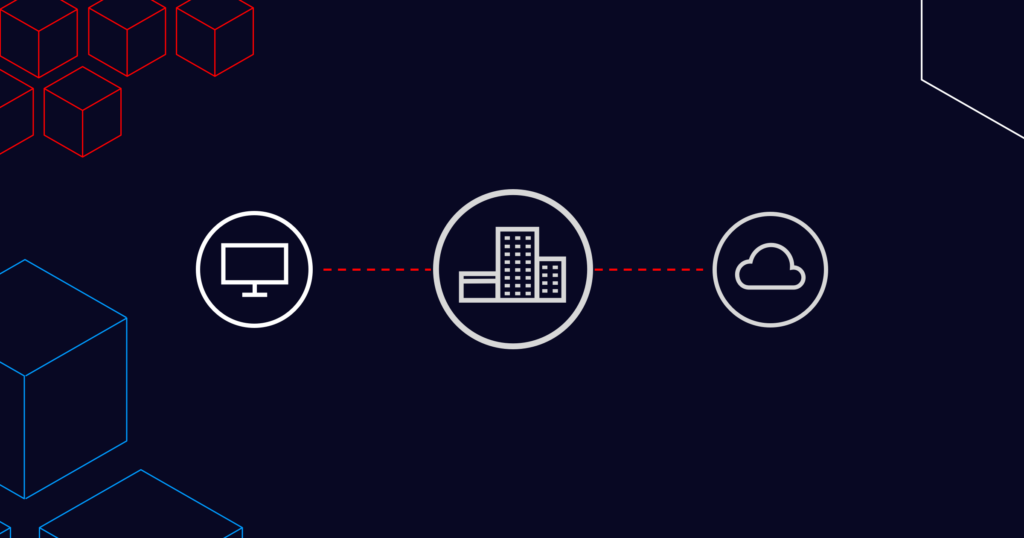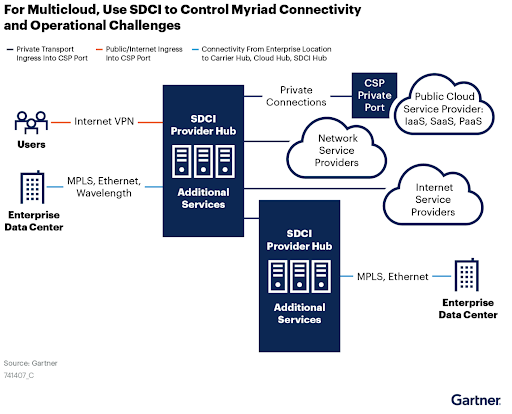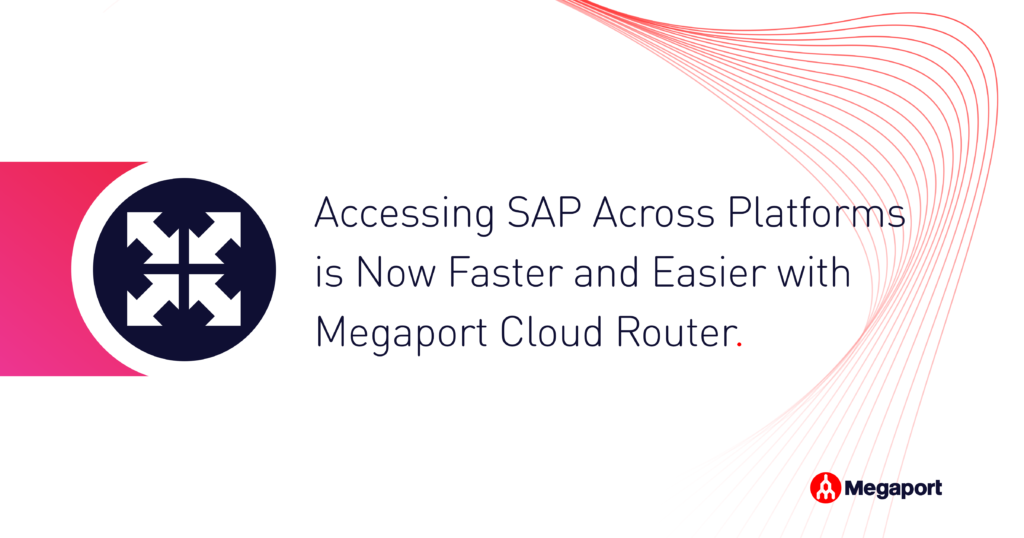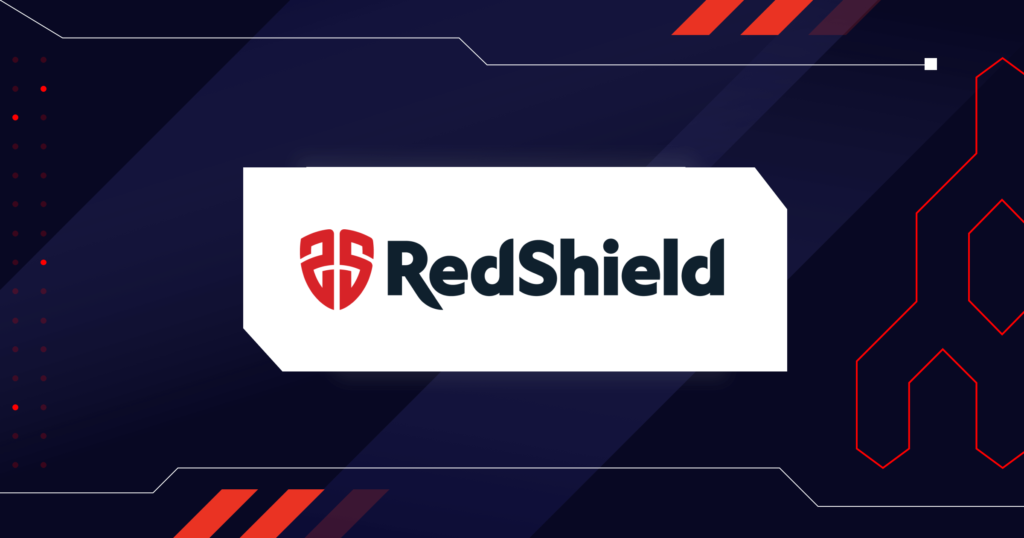
Cloud Hubs or SDCI: Which Is the Best Private Connectivity Method?
- Cloud networking
- November 12, 2021
- RSS Feed
Cloud hubs and software-defined cloud interconnect (SDCI) are both popular private connectivity methods. But which one will better support your enterprise?
In a recent blog, we looked at public versus private connectivity methods and the benefits of using private connectivity to get your enterprise to the cloud. Now, we’ll dive deeper into the two emergent private connectivity methods: cloud hubs and software-defined cloud interconnect (SDCI). What are the differences between these two connectivity methods? Which use cases do they best serve? And, ultimately, which one is better for your network?
In an era of increasingly complex and distributed workloads, enterprises are seeking out scalable, private cloud solutions that remove the challenges of connecting securely and efficiently to the many CSPs it can take to successfully run a business. In the search for fast, easy, and scalable multicloud connectivity as networks grow more complex and multicloud continues to be on the rise, enterprises have been increasingly turning to SDCI and cloud hubs.
Both methods are good options for the one-to-many user who requires several different types of connections to Infrastructure as a Service (IaaS) and Software as a Service (SaaS) providers. But they also have a number of differences.
About cloud hubs
Cloud hubs provide simple private connectivity on a permanent or semi-permanent basis to IaaS, SaaS, ISPs, and carriers. They’re usually offered by colocation or data center providers, and reside inside the colocation or data center of the provider who offers the hub.
While cloud hubs can at first be a great “no frills” approach to cloud connectivity, they can quickly become a headache for users. Clients must first arrange to reach their cloud hub from their branch, as these providers don’t directly offer local access or WAN services to connect client sites to their hubs (although sometimes they will offer this through a partner).
If you plan to use multiple CSPs via a cloud hub, you must be prepared to sign multiple CSP contracts and separately deal with the security, financial, and general administrative requirements of each. Compared with other private connectivity solutions, users will also find the monitoring and SLA capabilities of cloud hub providers to be quite basic.
Should I use cloud hubs?
If you’re comfortable dealing with the numerous administrative requirements and don’t mind sacrificing some functionality, cloud hubs will work for you. However, it’s important to keep in mind that using cloud hubs can limit the growth of your cloud setup going forward, especially as you can be restricted to the network fabric provided by a single data center operator. Most organizations, however, utilize a multi-data center strategy.
Thankfully, SDCI can be simple too, while providing a suite of benefits.
About software-defined cloud interconnect
According to Gartner, “By the end of 2024, 30% of enterprises will use SDCI services to connect to public CSPs, which is an increase from fewer than 10% in 2020.”*
According to Cisco, the originator of SDCI, this architecture design uses dispersed sites (PoPs) and SD-WANs to interconnect sites and connect sites to cloud infrastructures, providing secure, automated connectivity to as-a-service environments. Connectivity from SDCI hubs to CSPs is typically provided via virtual local-area networks (VLANs; other options are also available).
Like cloud hubs, SDCI-based services connect to many IaaS, SaaS, ISPs, and carriers. But unlike cloud hubs, the private connectivity offered by SDCI is virtualized and automated. This offers SDCI users more flexibility in the type of connections they can orchestrate including where, when, and for how long they want to orchestrate them.
While cloud hubs are offered by colocation or data center providers, SDCI is typically offered by a Network as a Service (NaaS) provider. NaaS providers will offer wider service choice, better performance management, and more interservice or interprovider integration options.
SDCI services also often provide tools to consolidate management of administrative and technical requirements, removing the need to deal with separate SLAs for each provider. For this reason, SDCI is an excellent option for multicloud setups, which are becoming increasingly essential in almost every industry.
SDCI also complements SD-WAN architectures, a very important consideration as SD-WAN becomes the new normal for companies using the cloud.

Should I use SDCI?
Because connectivity is virtualized, SDCI makes it easy for you to improve your cloud performance, simplify management, and give your business the agility to easily scale your cloud usage while integrating multicloud setups and technologies like SD-WAN. With Megaport, it’s easy to get started using SDCI.
SDCI with Megaport
When you use Megaport’s SDN to connect your SDCI solution for your cloud connectivity, you’re getting:
- Data center neutrality: The data center industry is booming; new companies are appearing all the time, while existing data center companies and colocation providers are expanding their footprints. Like most enterprises, you probably use more than one data center provider; and if you’re not, it’s good to future-proof your cloud setup by employing a multi-data center strategy. When you use cloud hubs, you’re confined to the connections “inside the four walls” of that data center provider’s fabric. But Megaport is data center neutral, enabling you to connect to over 100 unique data center operators inside over 700 Megaport enabled locations worldwide.
- Agility and scalability: With Megaport’s point, click, and connect functionality, you can expand regionally, add new CSPs, and scale your bandwidth up and down whenever you like in the Megaport portal.
- Better performance and security: With our hundreds of PoPs and a fully private, high-availability network, you’ll benefit from a reliable, low latency solution that’s ideal for just about any use case or application.
- Supercharged SD-WAN connectivity: With Megaport Virtual Edge (MVE), our on-demand Network Function Virtualization (NFV) hosting service, you can deploy SD-WAN gateways, virtual routers, and integrated transit gateways in minutes to get secure, high-performance branch-to-cloud connectivity that’s easy to manage.
Conclusion
While you can connect to a wide range of CSPs using either cloud hubs or SDCI, using SDCI can come with clear advantages. It can support more complex cloud setups, improve SD-WAN connectivity, simplify network management, and scale to your enterprise’s cloud requirements for years to come.
* Gartner®, How to Optimize Network Connectivity Into Public Cloud Providers, By Lisa Pierce, Danellie Young, Jonathan Forest, 19 February 2021. GARTNER is a registered trademark and service mark of Gartner, Inc. and/or its affiliates in the U.S. and internationally, and is used herein with permission. All rights reserved. This graphic was published by Gartner, Inc. as part of a larger research document and should be evaluated in the context of the entire document. The Gartner document is available upon request from Megaport.


